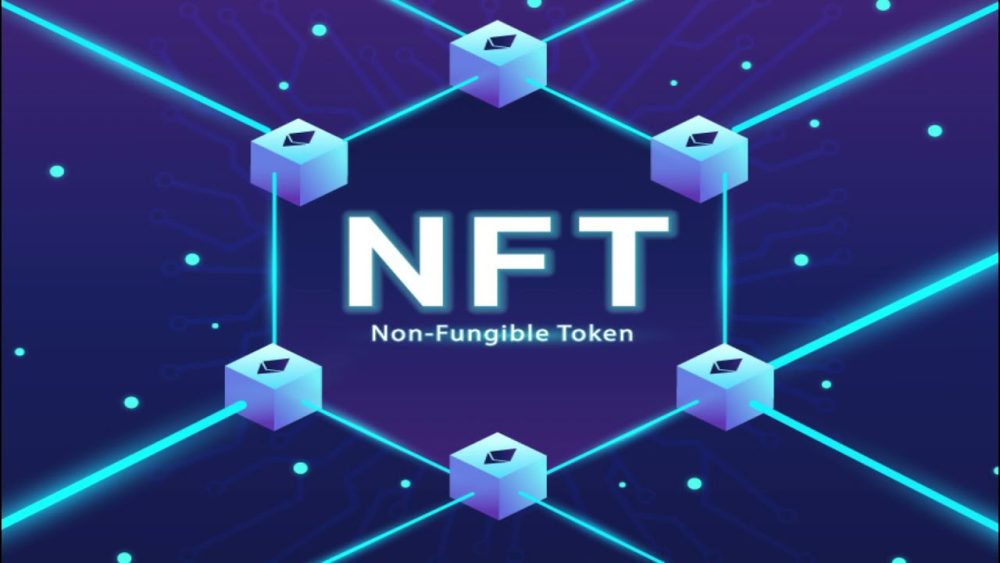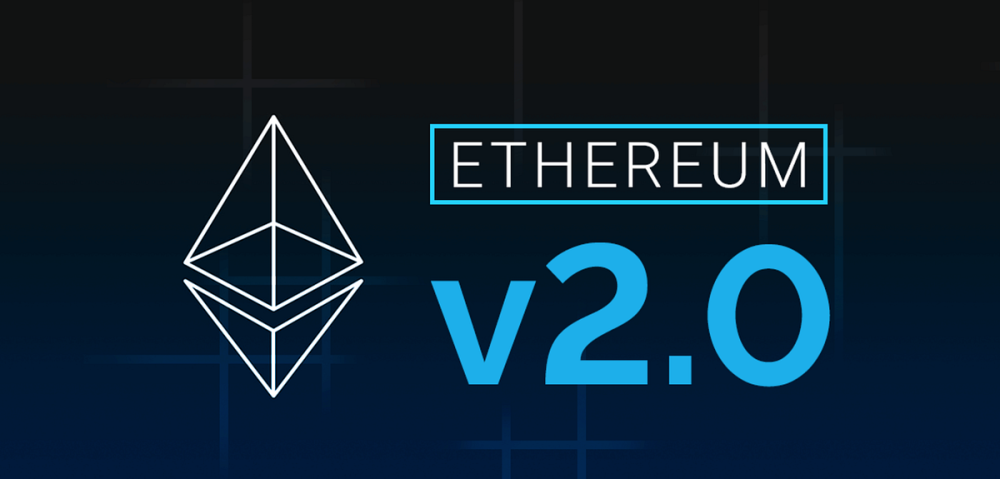When a traditional contract meets blockchain, a digital contract is born. No pens, no paper, no quills – just code, logic, and virtual trust. What are smart contracts? These are self-executing algorithms embedded in the blockchain. When the conditions are met, the system immediately triggers the action – like a coffee machine serving a latte after scanning a card. No barista, no errors, no delays.
How Smart Contracts Work
Each digital contract operates on an “if-then” principle: if the specified conditions are met, the algorithm triggers actions. The code is placed in a decentralized network, for example, in the Ethereum blockchain. This model eliminates intermediaries, reduces costs, and eliminates the human factor.
Example: when renting an apartment, the tenant sends cryptocurrency to an automated agreement. After payment confirmation, the system automatically grants access to a virtual lock. Violations are excluded: the algorithm – not the landlord, you can’t negotiate with it.
The technology involves the Solidity programming language, designed for how smart contracts work within the blockchain. The language describes complex logical connections and conditions. When an event occurs, it automatically triggers the necessary actions.
Ethereum: Digital Ecosystem for Encoded Contracts
The smart contract market has evolved thanks to the Ethereum platform, which first offered not just cryptocurrency but a programmable infrastructure. Since its launch in 2015, the platform has supported millions of decentralized applications built on top of its blockchain.
It was Ethereum that first combined public blockchain and the ability to create digital contracts with execution guarantees. No trust is required here – only verifiable code. Contracts operate flawlessly, serving ICOs, NFTs, DAOs, and countless fintech solutions.
What Are Smart Contracts: Technology in Action
Program algorithms in the blockchain interact directly. Each agreement contains:
- logical conditions (e.g., deadline, amount, event);
- functions (e.g., transfer tokens, grant access, initiate a transaction);
- triggers (external or internal events triggering execution).
Example: a trading platform launches a promotion. An automated agreement monitors the ETH rate. If it falls below $1500, the cashback function is activated. Everything is transparent, immutable, impossible to bypass or cancel – that’s the essence of smart contract technology.
Areas of Smart Contract Application
Digital contracts have ceased to be a specialized tool. They are being introduced into areas where intermediaries, paper agreements, and complex procedures were previously required. Today, this is a universal mechanism that simplifies transactions, increases transparency, and reduces costs. Let’s see how they work in key industries.
Their application areas span a multitude of industries:
- Finance: automation of lending, insurance, and trading. Example – Compound, where smart contracts manage $3 billion in loans.
- Real Estate: digital deal processing without notaries. Such a contract records conditions, performs a transaction, and transfers assets.
- Logistics: tracking deliveries with automatic payment initiation upon receipt of goods. In the chain – supplier, transport, warehouse – conflicts disappear.
- Intellectual Property: protecting copyrights through automated monetization. Example – Audius for music.
- Government Services: in Estonia, smart contracts manage registries and voting.
Such coverage is possible thanks to decentralization and the complete independence of algorithms from people, organizations, and external interventions.
Advantages of Smart Contracts
They change the approach to interaction between parties. Instead of words and signatures, code works – it cannot be deceived or bypassed. This is important in the digital economy, where speed, trust, and the absence of intermediaries are valued.
Transitioning to process automation with digital contracts brings tangible benefits:
- Transparency: the source code is open, every transaction is visible on the blockchain;
- Speed: execution takes seconds, without human involvement;
- Reliability: no errors related to the human factor;
- Cost Reduction: exclusion of intermediaries and legal fees;
- Security: cryptography and block immutability protect against attacks.
These benefits have made them a standard in Web3 projects and fintech.
Disadvantages of Smart Contracts
Despite all the advantages of digital contract technology, it also has vulnerabilities. Any system based on code inherits its weaknesses. An error in a line can cost millions.
In 2016, The DAO on Ethereum lost $60 million due to a smart contract error. The attack did not violate the rules – it exploited them. The case showed that unaudited code is a hidden threat.
The main drawbacks of smart contracts are:
- inability to change the code after deployment;
- high cost of auditing complex algorithms;
- limited compatibility with external data sources;
- risks of unethical code – the algorithm will execute everything specified in it, regardless of the consequences;
- complexity of legal adaptation in different countries.
Decentralization does not guarantee absolute security. The code requires careful validation, vulnerability testing, and sometimes – rewriting from scratch.
Principle of Decentralization: Management Without Centers
Abandoning centralized management removes control. A smart contract obeys only the code and the network. The blockchain verifies transactions and permanently stores them. It is impossible to interfere. This mechanism eliminates errors, sabotage, subjectivity. The contract becomes an algorithm. What are smart contracts in this system? An instrument where conditions, security, and execution are pre-programmed and work without intermediaries.
What Are Smart Contracts: The Key Points
What are smart contracts today? It is code that replaces paper, intermediaries, and the human factor. The technology takes care of everything: executes transactions accurately, makes the process transparent, and immediately protects data. Digital contracts already manage finances, virtual assets, DAOs, and Web3 platforms. Next – everyday spheres: rentals, voting, purchases. Algorithms take on the functions of contracts, making them dynamic and indisputable.









